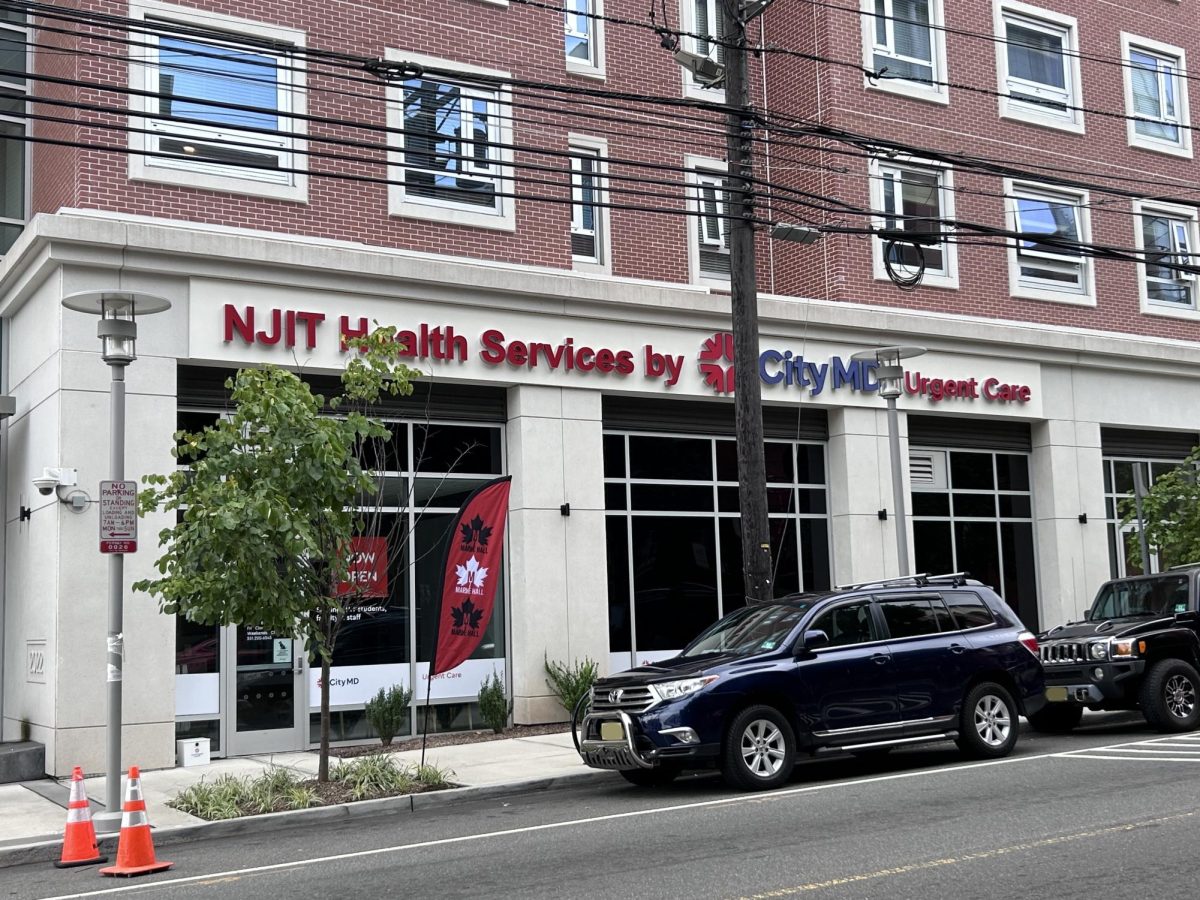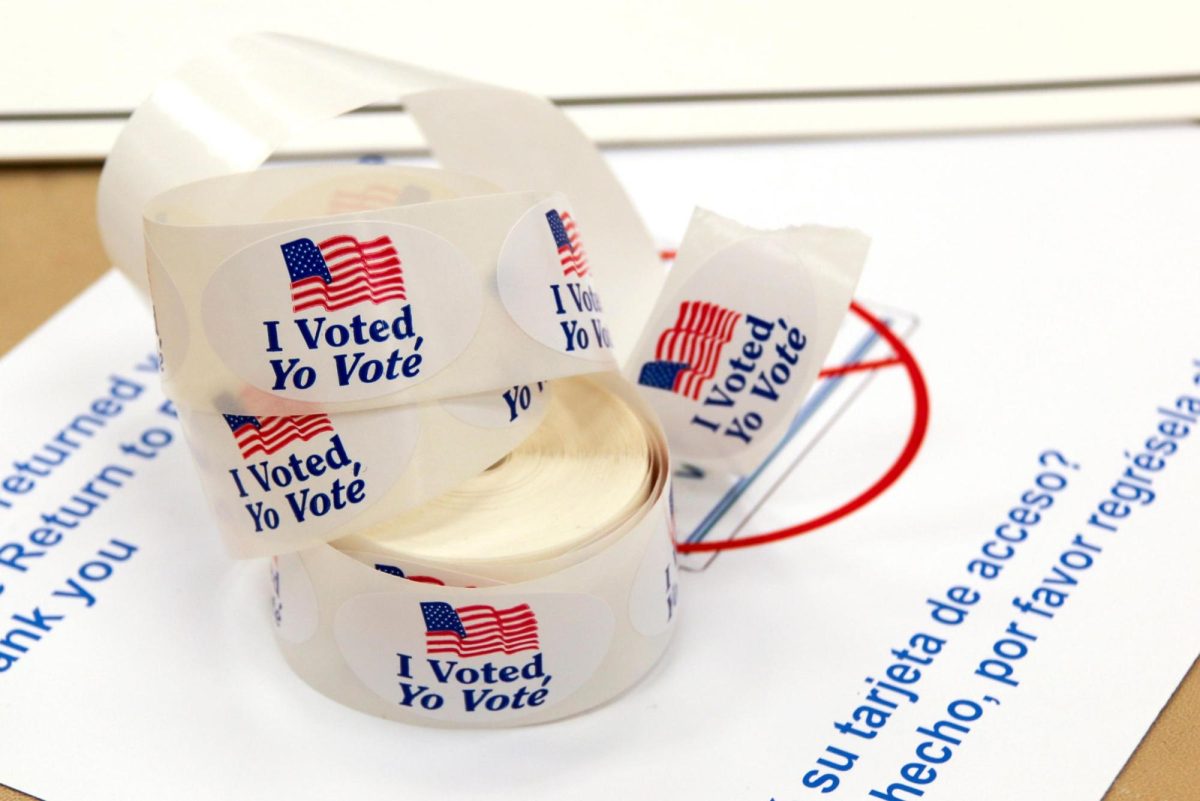Decoding Your Cereal Box
Aditya Uppuluri
If you are like me, you have probably gone into the cereal isle of a Costco or Wal-Mart to grab your favorite box of cereal. You might have looked at the side of the box to find the nutrition facts. Most people look at the Calories, Total Fat, and Cholesterol sections and decide whether or not to buy the cereal.
But what does everything else mean? What do the Niacin, Riboflavin, Thiamin, and Folic Acid sections mean? Well, let’s start from the top and work our way down.
Most people have a good idea of what Calories are: they are a measure of how much energy your body gets by eating the food.
Next, we move on to Total Fat, which has three or four subsections: saturated fat, trans fat, polyunsaturated fat, and monounsaturated fat. To keep things simple, we will say that saturated and trans fats are bad. Studies show that high consumption of saturated and trans fats leads to a myriad of problems that include cardiovascular disease, type 2 diabetes, and high cholesterol. It is probably in your best interest to avoid these fats.
On the other hand, monounsaturated and polyunsaturated fats are the good guys, and studies show that consuming these in place of “bad fats” leads to healthier cholesterol levels, and it may be good for blood sugar and insulin levels.
Following the “F” word (“fat”) comes the “C” word that many people fear: Cholesterol. By nature, cholesterol is not bad. It is a vital part of our cell membranes. It only becomes a problem when we have too much and it starts to deposit as plaque in our arteries. At this point, the plaque hinders blood flow and can lead to major problems such as a stroke or a heart attack. In general, stay away from foods that are high in cholesterol.
Up next are the salts: sodium and potassium. Both of these play numerous roles in our body, and one of them is the regulation of blood pressure. It is established that most Americans consume too much sodium. The recommended dietary level is 2300 milligrams per day. Consuming too much sodium can increase blood pressure levels. Conversely, increased consumption of potassium has been known to decrease blood pressure levels. In general, it is safest to go “high potassium, low sodium.”
After the salts, we encounter the Carbohydrates, which are once again broken down into Dietary Fiber, Sugars, and Other Carbohydrates. Dietary fiber is essentially all of the plant-based stuff that our body cannot digest. It moves through our system and facilitates bowel movements. Sugars include both natural and added sugars; simply put, it is best to avoid high sugar cereals no matter how good they taste. “Other carbohydrates” is just a generic term used to describe the starch and sugar alcohol content of the cereal.
Rounding out the section is the Protein category. Proteins are the building blocks of our body. Cereals like Cinnamon Toast Crunch and Cookie Crisp are not too high in protein. In fact, most mainstream cereals are not that high in protein at all, so other sources are highly recommended.
Lastly we move onto the Vitamins and Minerals. Cereal companies sometimes devote entire sections of television advertisements to talking about the vitamins and minerals but few people know what they actually do. All of the vitamins and minerals in cereals are good for you to a degree, so we will just look at the most unfamiliar ones and see what they do in the body.
Iron: You have probably heard of iron, but may not completely understand what it does in our body. In the body, iron is a primary component of myoglobin and hemoglobin.
Thiamin: Though this is not as well known as calcium, it is very important. Thiamin plays an essential role in energy transport, carbohydrate metabolism, and the links between fat, protein, and carbohydrate metabolism.
Riboflavin: Riboflavin itself does not do much, but its derivatives are essential for various metabolic processes and for using other nutrients.
Niacin: Like riboflavin, niacin’s derivatives are much more important and play crucial roles in the energy making process.
Vitamin B6: It helps with metabolism of amino acids, glycogen, and sphingoid bases.
Folic Acid: Folic Acid plays important roles in DNA synthesis by helping to create the building blocks of DNA.
Vitamin B12: Vitamin B12 plays an important role in synthesizing fatty acids and works together with folic acid to help make DNA.
These are the most unfamiliar nutrients and vitamins. There are numerous other vitamins and nutrients that play very important roles in the body. Our body is a very impressive machine in that it incorporates a tremendous amount of vitamins and minerals into its functioning.






























